How did we make sense of the cosmic abyss?
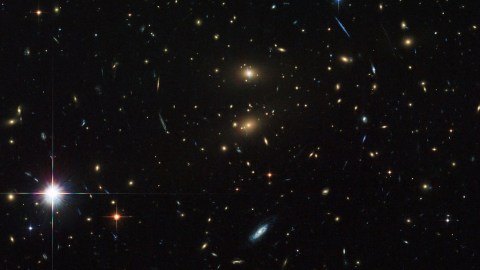
Looking into the great, dark unknown was a mystery for thousands of years. No longer!
“Science cannot tell theology how to construct a doctrine of creation, but you can’t construct a doctrine of creation without taking account of the age of the universe and the evolutionary character of cosmic history.” –John Polkinghorne
A look out into the night sky raises a slew of question that any intelligent, curious person might wonder about:
- What are those points of light in the sky?
- Are there other Suns like our own, and if so, do they have planets like we do?
- How far away are the stars, and how long do they live?
- What lies beyond our Milky Way galaxy?
- What does the entire Universe look like?
- And how did it come to be this way?
For thousands of years, these were questions for poets, philosophers and theologians. But scientifically, we’ve not only discovered the answers to all of these questions, but the answers have raised some even bigger ones we never could have anticipated.

With the exception of a few bodies in our Solar System that reflect our Sun’s light back at us, every point of shining light we see in the night sky is a star. They come in different colors, from red to orange to yellow to white to blue, and they come in different brightnesses, from only about 0.1% as bright as our Sun to literally millions of times the Sun’s brightness. They are so far away that they appear to be in the same position not only night after night, but year after year as well. The very first attempt to measure their distances was based on a single assumption: if the stars were identical to the Sun, how bright would they be? Based on our understanding of how brightness is affected by distance, the night sky’s brightest star, Sirius, was estimated to be 0.4 light years away, a tremendous distance. If they had known in the 1600s how many times brighter Sirius was than the Sun, the distance estimate would have been off by less than 10%.
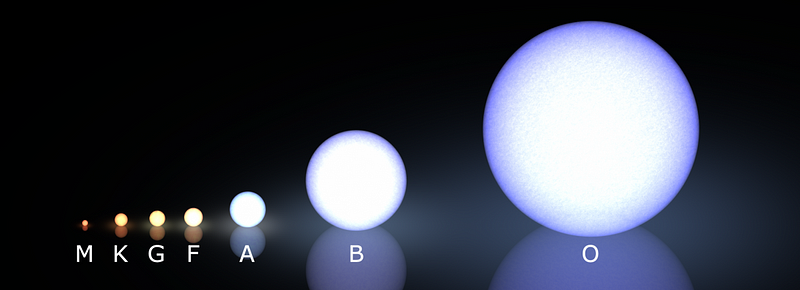
That the other stars are Suns like our own wasn’t proven until the invention of spectroscopy, where we could break light up into individual wavelengths and see the signatures of what atoms and molecules were present. About 90% of stars are smaller and fainter than our own, about 5% are more massive and brighter, and about 5% are Sun-like in their mass, size and brightness. Over the past 25 years, we’ve discovered that planets are the norm around stars, having confirmed more than 3,000 planets beyond our own Solar System. NASA’s Kepler spacecraft is by far the greatest planet-finding tool we’ve ever employed, discovering around 90% of the exoplanets we know today.
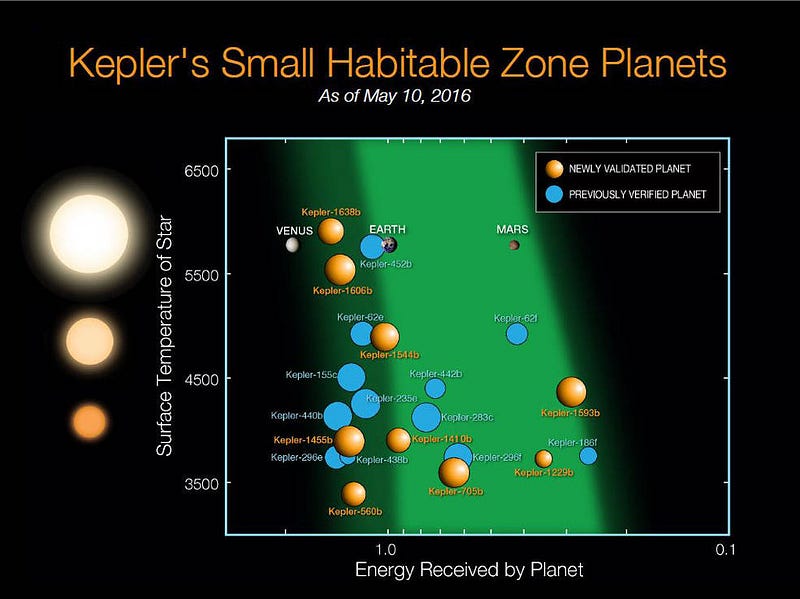
By measuring how a star moves due to the gravitational tug of its planets, we can infer their masses and orbital periods. By measuring how much a star’s light dims due to a planet passing in front of it, we can measure both its period and its physical size. So far, more than 20 rocky, roughly Earth-sized worlds have been found in the “potentially habitable” zones around their stars, meaning that if these worlds have Earth-like atmospheres, they’ll have the right temperatures and pressures for liquid water on their surface. Most recently, Proxima Centauri, the closest star to our Sun, has been found to house perhaps the most Earth-like planet yet, at just 4.2 light years away.
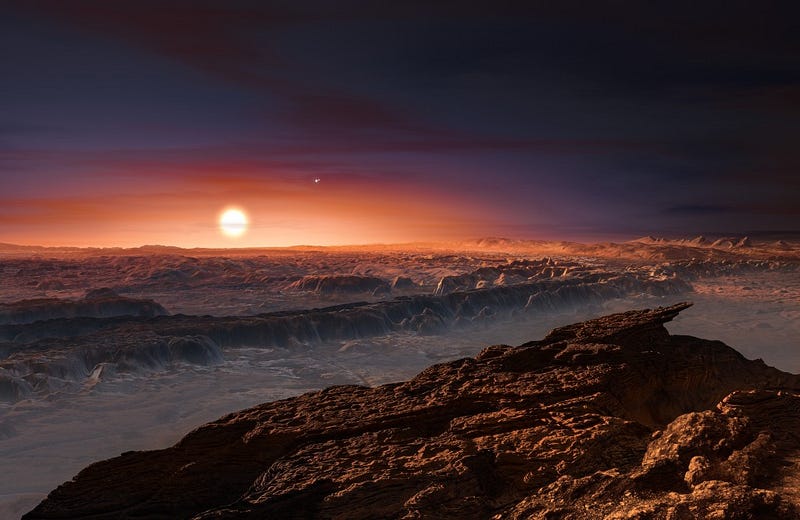
To accurately measure the distances to the stars, the best technique is to measure their positions as precisely as possible over the course of an entire year. As Earth moves in its orbit around the Sun, traveling as far as 300 million kilometers from its location six months prior, the nearest stars will appear to shift, the same way your thumb appears to shift if you hold it at arm’s length and close one eye at first, then open it and close the other.
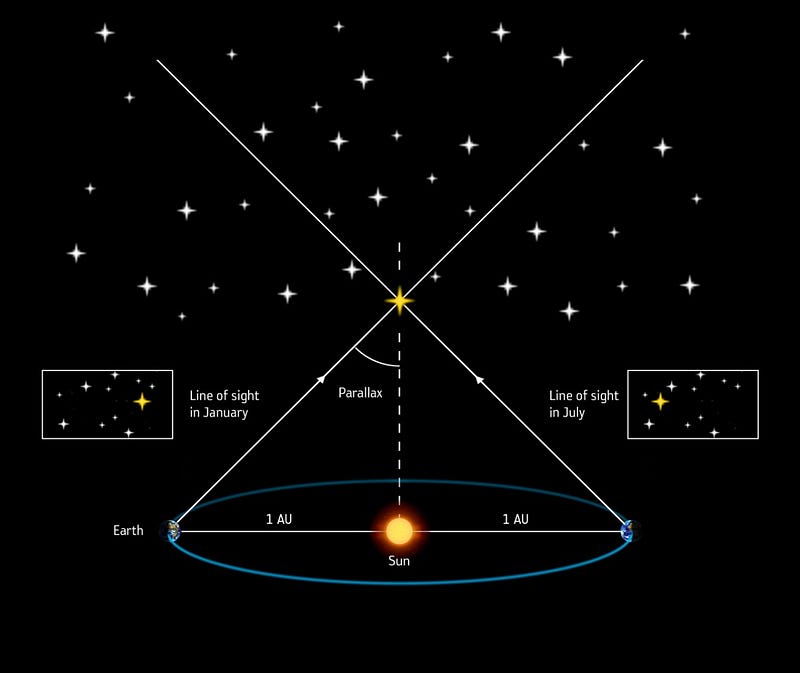
This phenomenon, known as parallax, wasn’t first accurately measured until the mid-19th century, giving us the distance to the nearest stars. Once you know how far away a star is and you measure its other properties, you can use that information to identify other stars just like it, and hence determine how far away anything you can see in the Universe is. We can step from the nearest stars to all stars in our galaxy to stars in galaxies beyond our own to the most distant galaxies observable.
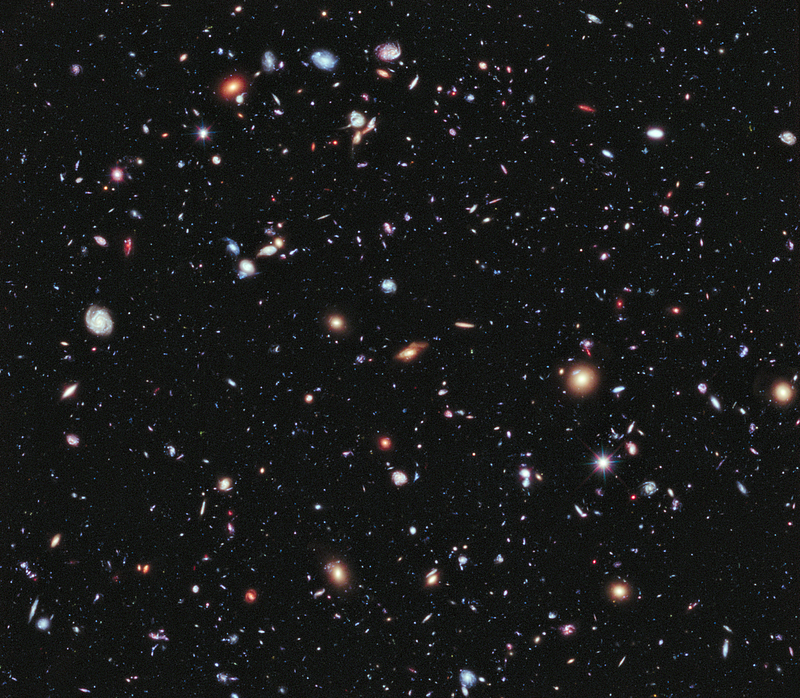
This works just like a ladder, where you step on the first rung and use that step to get to the next rung, and each time you get a little bit further on your journey. The European Space Agency’s GAIA satellite, launched in 2013, seeks to measure the parallax positions of millions of stars, giving us the most secure “first rung” on the cosmic distance ladder of all-time.
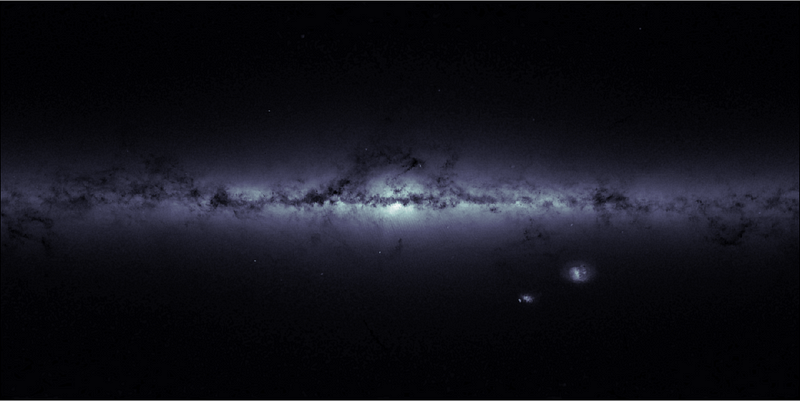
Stars burn through their fuel just like the Sun does: by converting hydrogen into helium in their cores. This process of nuclear fusion emits a tremendous amount of energy by Einstein’s E = mc^2, as each helium nucleus that you produce from four hydrogen nuclei is 0.7% lighter than what you started with. Over the 4.5 billion year history of our Sun, it’s lost approximately the mass of Saturn in the process of shining the way it does. But at some point, the Sun and every star in the Universe will run out of fuel in its core.
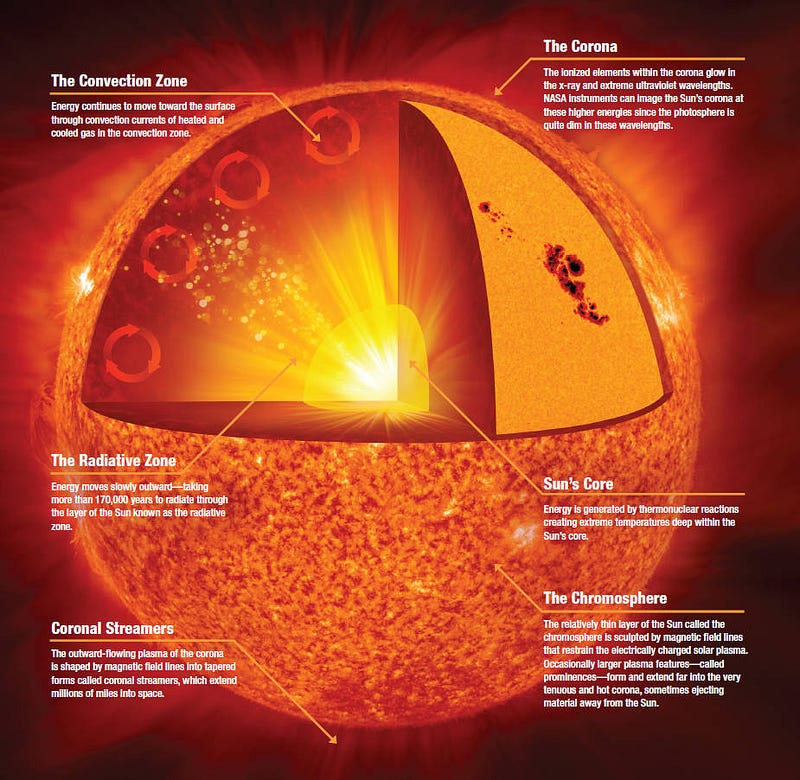
When it does, it will expand and turn into a red giant, fusing helium into carbon. Even more massive stars will fuse carbon into oxygen, oxygen into silicon, sulphur and magnesium, and the most massive stars will fuse silicon into iron, cobalt and nickel. Stars like our Sun will die softly, blowing off their outer layers in a planetary nebula, while the most massive stars will die in a catastrophic supernova explosion, with both recycling the heavy elements formed within back into the interstellar medium.
Our Sun will have a total lifetime of about 12 billion years, while the lowest-mass stars (at about 8% the mass of our Sun) will burn through their fuel the most slowly, living for more than 10 trillion years: many times the present age of the Universe. But the most massive stars burn through their fuel more quickly, with some stars only living a few million years before they die and expel their heavy elements back into the Universe.
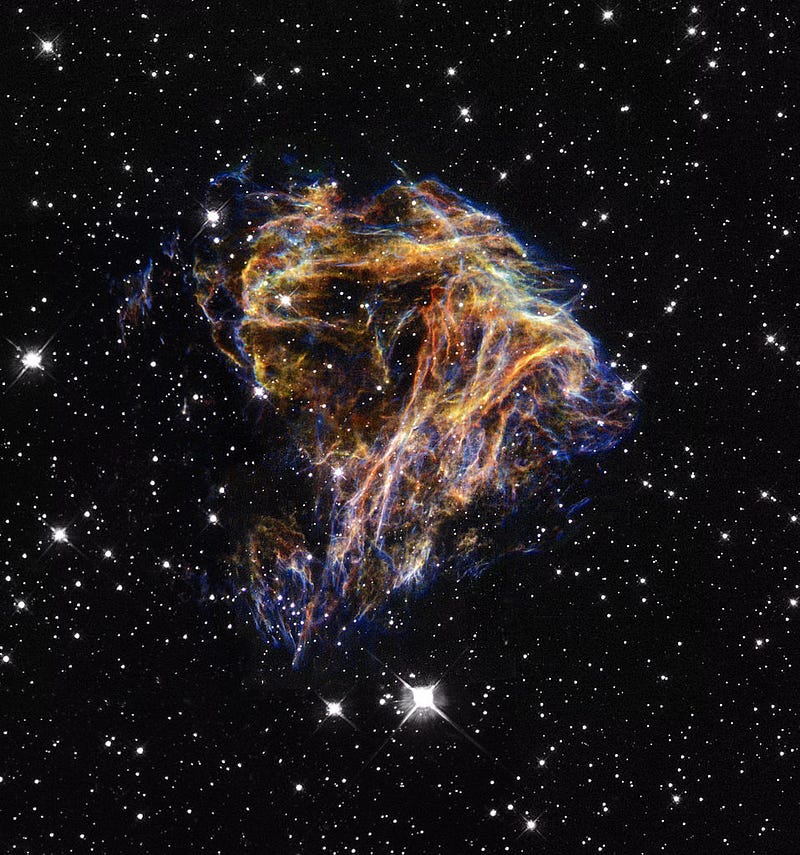
These heavy elements like carbon, oxygen, nitrogen, phosphorous, silicon, copper and iron are not only essential to life-as-we-know-it, but for creating rocky planets in the first place. It takes multiple generations of stars living, burning through their fuel, dying and recycling those ingredients back into space, where they help form the next generations of stars, to give rise to a world like Earth. And here, from our perspective, we’ve been able to look out into the Universe, not only across the great cosmic distances, but back into the Universe’s past.
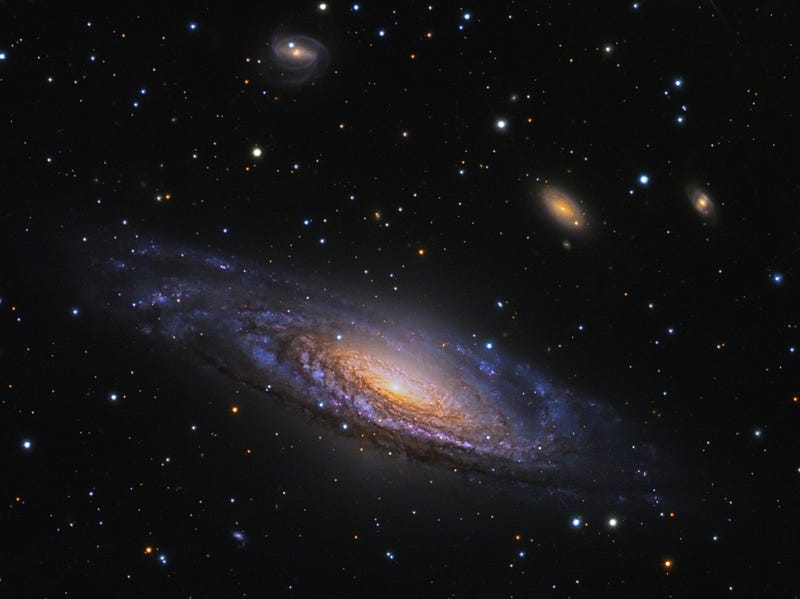
The fact that the speed of light is finite and constant, at 299,792,458 m/s, doesn’t just mean that there’s a delay in sending signals across very large distances. It means that as we look at objects that are far away, we’re seeing them not as they are today, but as they were back in the Universe’s distant past. Look at a star 20 light years away, and you’re seeing it as it was 20 years ago. Look at a galaxy that’s 20 million light years away, and you’re seeing it 20 million years ago.
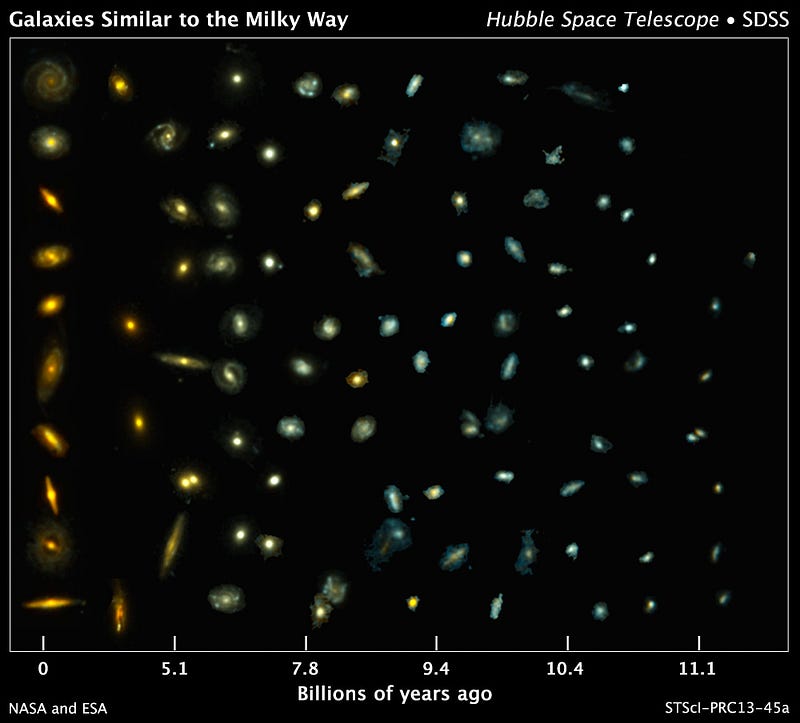
We’ve been able to look so far back, thanks to powerful telescopes like Hubble, that we’ve been able to view galaxies in the Universe as they were billions of years ago, back when the Universe was just a few percent of its current age. We see that galaxies in the past were smaller, less massive, bluer in intrinsic color, forming stars more rapidly, and were less rich in these heavy elements that we need to form planets. We also see that, over time, these galaxies merge together to form larger structures. We can put this whole picture together, and visualize how the Universe has evolved to get to be the way it is at the present.
The entire Universe is a vast cosmic web, where galaxies and clusters of galaxies form at the intersection of these cosmic filaments. In between, there are vast cosmic voids devoid of stars and galaxies, where gravitation in the denser regions has pulled that matter away to use for other purposes. We’re seeing that happen on our local scale today, as the galaxies in the local group are moving towards one another. At some point, four-to-seven billion years in the future, our nearest large neighbor, Andromeda, will merge with our Milky Way, creating a giant elliptical galaxy: Milkdromeda.
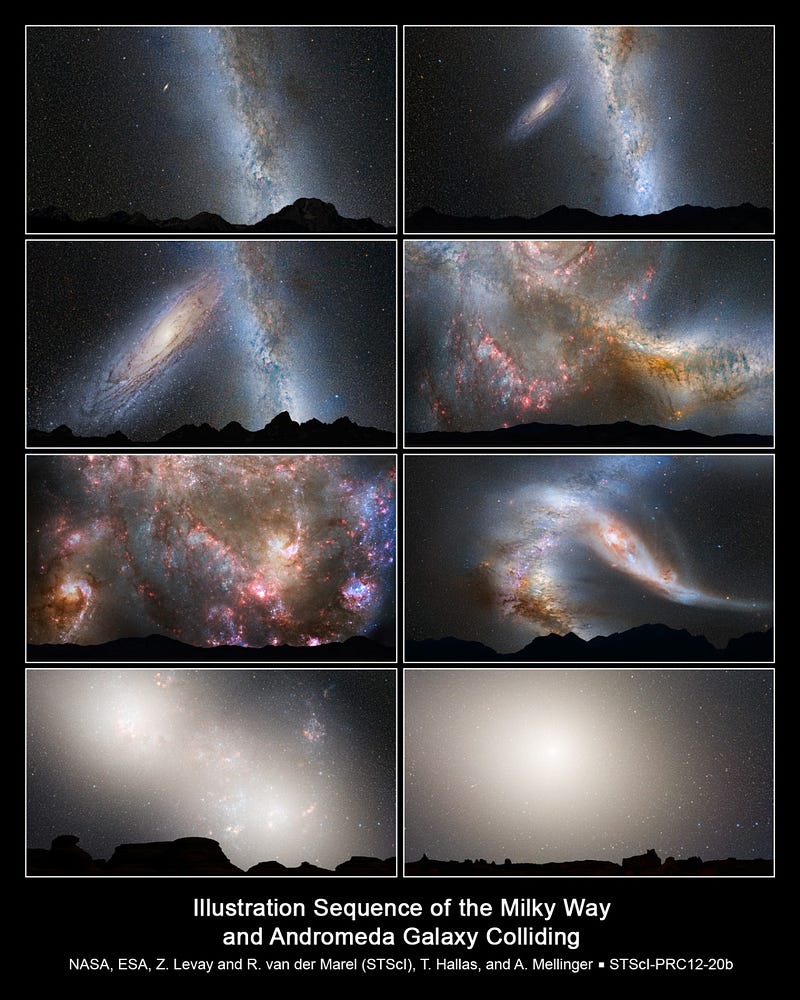
And all the meanwhile, the Universe continues to expand, towards a colder, emptier, more distant fate. Galaxies beyond our local group recede from our own and from each other. The things that are gravitationally bound together — planets, stars, solar systems, galaxies and galaxy clusters — will remain bound together for as long as the stars burn in our Universe. But each individual galaxy group or cluster will recede from all the others, as the Universe gets colder and lonelier as time goes on.
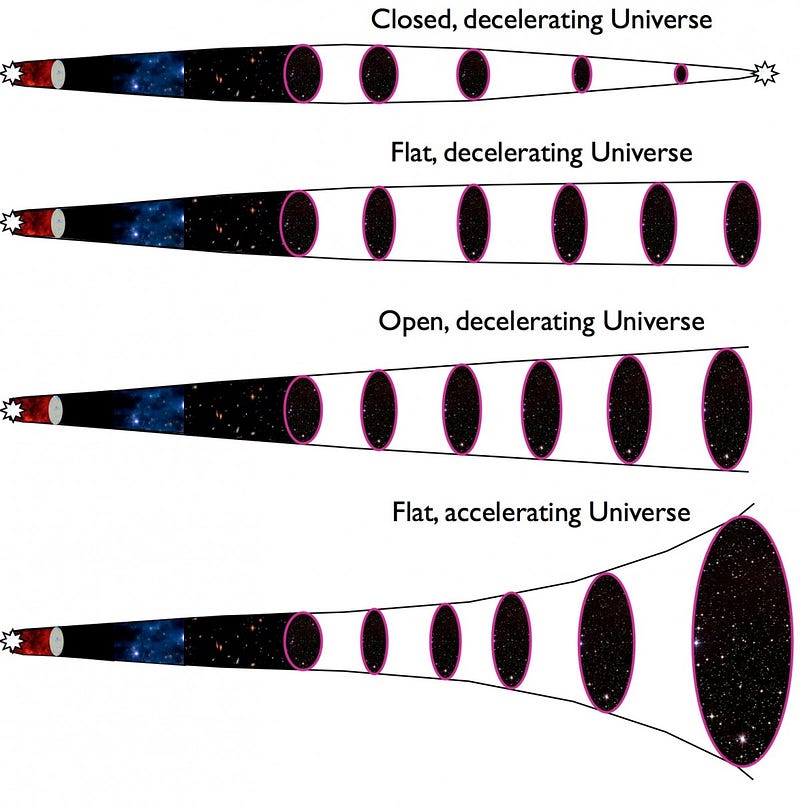
Which means, if we go back to the very beginning, and ask how it all came to be, we have:
- an observable Universe that began with a hot, dense, mostly uniform state known as the Big Bang;
- that cooled, enabling matter and antimatter to annihilate, leaving only a tiny amount of matter left over;
- that cooled further, allowing protons and neutrons to fuse together into helium without getting blasted apart;
- that cooled even further, allowing the creation of stable, neutral atoms;
- where the gravitational imperfections grew and grew, leading to gas clumping together in some regions, that became dense enough to form the first stars;
- where the most massive stars burned through their fuel, died and recycled their heavier elements back into the interstellar medium;
- small star clusters and galaxies merged together and grew, triggering new waves of star formation;
- where after billions of years, new stars form with rocky planets on them and the ingredients for life;
- where galaxies that house them grew into the spiral and elliptical giants that we have today;
- and where, 9.2 billion years after the Big Bang, a run-of-the-mill star cluster is formed in an isolated spiral galaxy, where 2% of the elements are now heavier than hydrogen-and-helium;
- one of which happens to be our Sun;
- and where, after an additional 4.54 (or so) billion years, an intelligent species arises that can begin putting the pieces of our cosmic history together, understanding where we come from for the first time.

There are more things that we’ve learned, and there’s more depth to explore on all of these issues. (My first book, Beyond The Galaxy, does exactly this.) Yes, there are questions we’re still working on, such as how the matter/antimatter asymmetry came to be, how the Big Bang got set up and started, and how, exactly, the Universe will meet its ultimate fate. But the questions of what the Universe looks like, how it came to be this way and what it’s physically doing have been answered: not by philosophers, poets or theologians, but by the scientific endeavor. And if the new big questions are to be answered — the ones that the answers to the previous big questions raised — it will, again, be science that shows us the way.
This post first appeared at Forbes, and is brought to you ad-free by our Patreon supporters. Comment on our forum, & buy our first book: Beyond The Galaxy!




